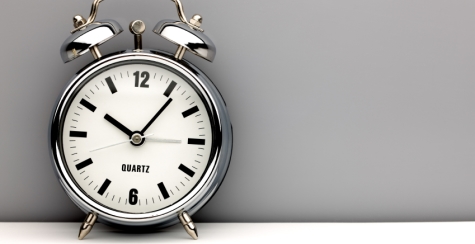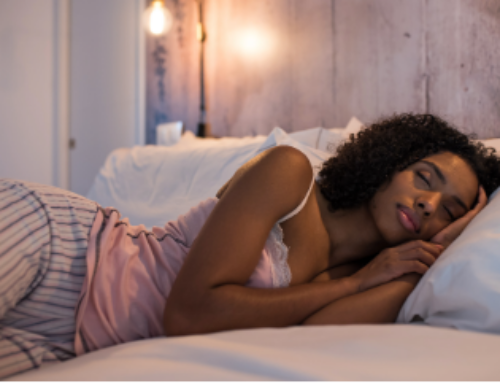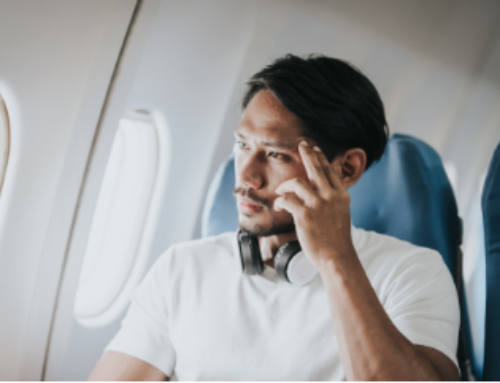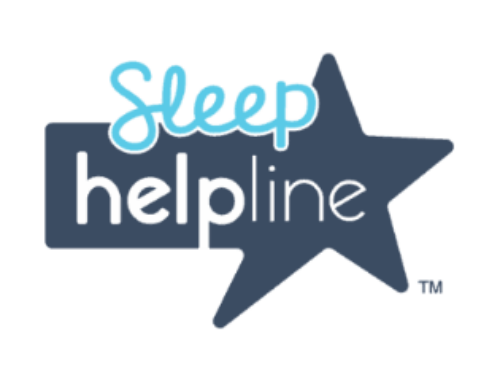Most of the United States will “fall back” to standard time on Sunday, November 3, at 2 a.m. Most people associate the fall time change with an extra hour of sleep followed by shorter days with earlier sunsets.
Sleep physicians see the end of daylight saving time as a possible conflict between your body’s circadian rhythms and the expectations of society.
“The time change is kind of a society imposed jet lag,” said Nathaniel Watson, MD, Co-Director of the HMC Sleep Disorders Center at the University of Washington. “Your circadian rhythms will cause you to want to go to bed earlier and wake up earlier than your external environment,” said Dr. Watson.
The effect of the time change on your body is similar to taking a flight from New York to Chicago, or for that matter, travelling westbound over any single time zone.
Fortunately, your body is fairly well-equipped to deal with this initial adjustment. You may fall asleep earlier and wake up earlier for several days, but your circadian rhythms will eventually adjust to the new schedule. For people with a typical daytime schedule, this won’t conflict with your required wake-up time.
If you work a non-traditional schedule, or have a little extra time in the morning, sleep physicians suggest you can ease yourself into the transition the week before the time change. Go to sleep and wake up 10-15 minutes later each day and you can minimize the effects of the time change on your body.
After the time change, melatonin supplements may also help if your circadian rhythms are out of synch. By taking a small dose several hours before your intended bedtime, you can shift the timing of your sleep.
Exposure to as much sunlight as possible in the morning can help your body synch with the new sleep schedule. If you live in a winter climate or have a schedule that doesn’t allow for morning sunlight, bright light therapy is a sufficient substitute. You can buy a special light box or desk lamp that simulates sunlight and resets your circadian rhythms. Bright light therapy is also helpful for minimizing seasonal affective disorder (SAD) and preventing insomnia.
The “spring forward” poses more of an immediate challenge to your body.
“In the fall, we gain an extra hour of sleep, whereas in the spring, we lose that hour. Being a sleep restricted society, the loss of one more hour of sleep in the spring is harder to accommodate than gaining an hour in the fall”, said Dr. Michael Decker, Endowed Chair of the Byrdine F. Lewis School of Nursing.
Common mistakes can sabotage your sleep during the adjustment period surrounding the fall time change.
“One of the biggest mistakes that people make regarding the time change is staying up later and thinking that they’re going to get an extra hour of sleep,” added Dr. Kohler.
Other pitfalls to avoid are drinking alcohol close to bedtime or consuming caffeine in the afternoon or later. If you feel yourself getting tired midday, try taking a brief 15-20 minute nap. However, lengthy or late naps can throw your sleep timing off.
Not all states or U.S. territories observe daylight saving time. Hawaii, Arizona, Puerto Rico, the Virgin Islands, American Samoa, Guam and the Northern Marianas will skip the “fall back.”
Daylight saving time is a contentious issue in other countries. Russia ended the practice several years ago, but many residents complain of dark mornings. In Japan, which hasn’t experienced a time change in more than 60 years, there are talks of reinstating the practice to save energy.
“I understand why we do the time change, said Dr. Watson, “My hope would be that we do away with it at some point and just allow our internal circadian rhythms to move along naturally with the light dark cycles that change from season to season. But I don’t think that’s going to happen.”





